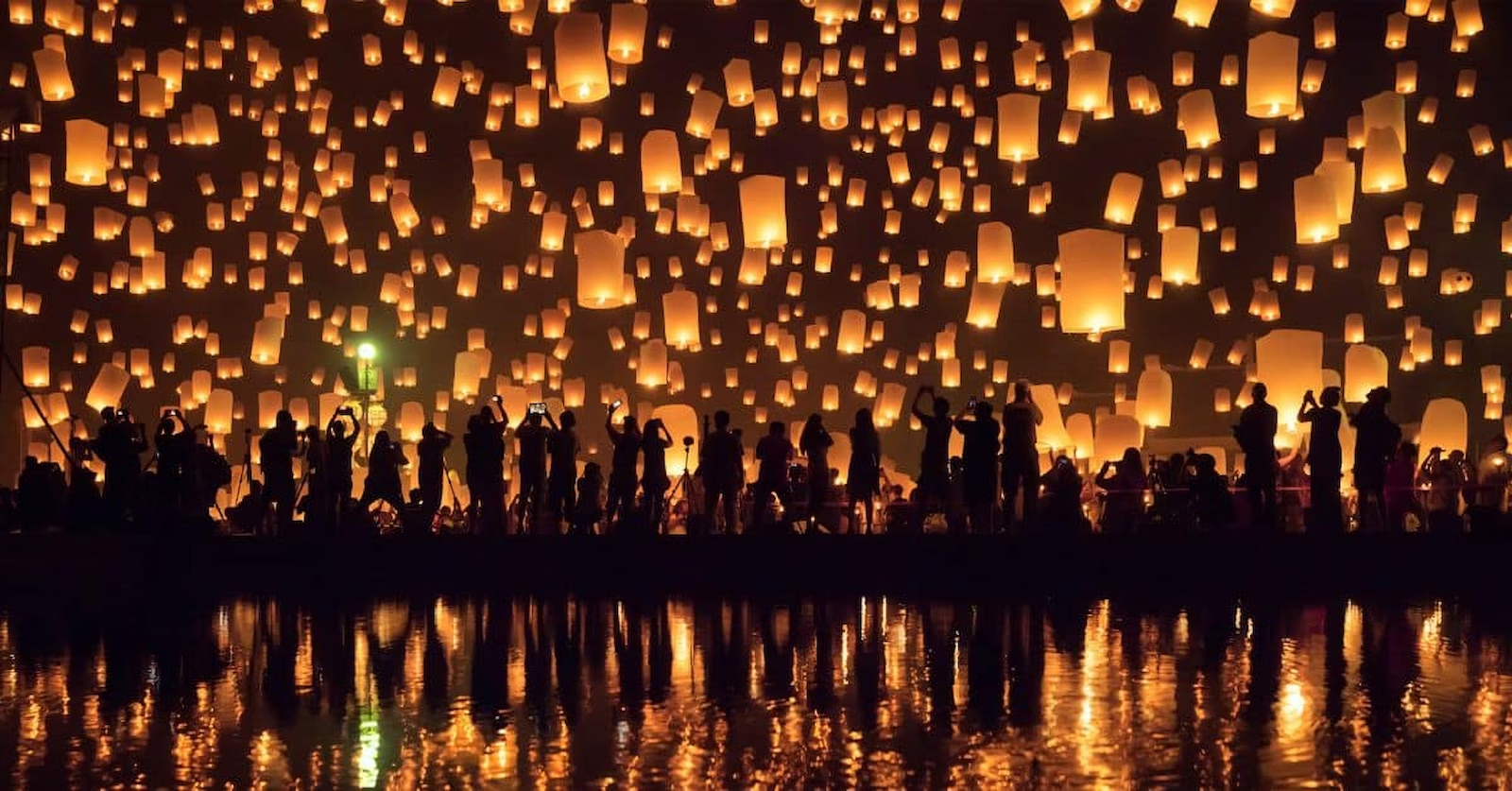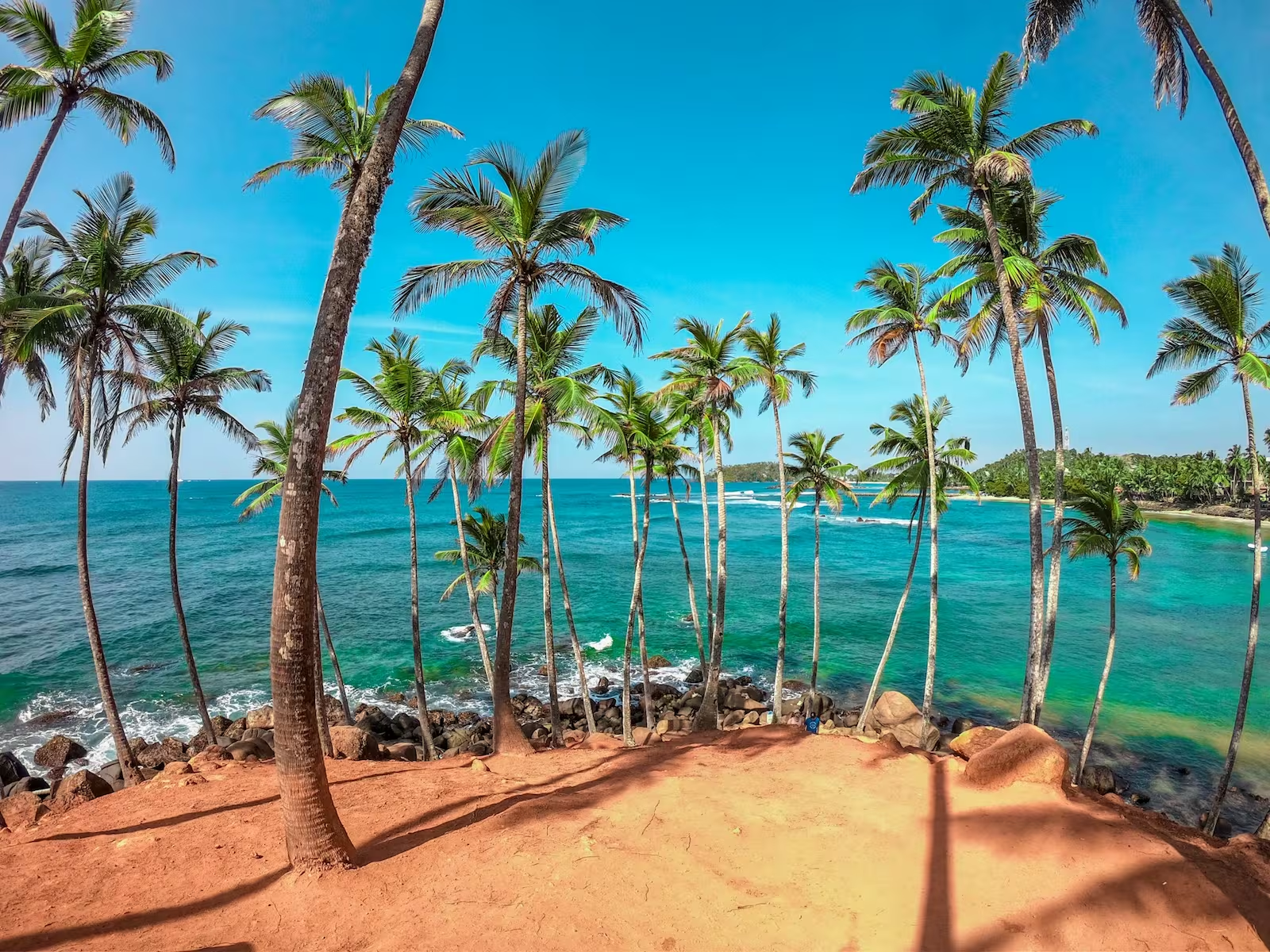Hanami is the traditional Japanese custom of enjoying the blossom on the cherry (sakura) and plum (ume). The festival runs from the end of March to early May, when the trees start blossoming across Japan, the blossom of each tree lasts only a couple of weeks so a cherry blossom forecast is announced by the Japan Meteorological Agency every year to help determine when each regions blossoms will bloom.

How is Hanami Celebrated? 🎉
Hanami itself is celebrated by having outdoor picnics and celebrations under the beauty of the sakura and ume trees. When hanami is celebrated at night it is called yozakura or "night sakura", with paper lanterns hanging from the trees to help illuminate the blossoms. For those who are older or just want a more relaxed environment a more ancient form of hanami can be enjoyed called umemi, these are calmer and less crowded than traditional hanami gatherings.
What Kind of Food is Eaten? 🍶 🍱
Once the picnic blankets are spread out, it's time to break out the food and drinks! Adults like to drink sake and beer, and everyone eats delicious, boxed bento lunches. Some people just buy their food at a convenience store, but for a special experience, exquisite stacked and lacquered lunch boxes are filled with scrumptious treats like inari-zushi (sushi rice wrapped in sweet tofu skins), tamago-yaki (Japanese-style rolled omelets) and onigiri (rice balls).
It's also possible to eat the leaves and petals of the cherry trees themselves. Popular ways to do this include eating the leaves with mochi (soft pounded rice cake) or pickling the blossoms.

How Did the Festival Start? 🇯🇵 🌸
Hanami has a long tradition in Japan. In ancient times, blossoming cherry trees told farmers of the coming of spring and the beginning of the planting season. The way the blossoms fell was even said to predict how good the year's rice crop was going to be—so people would go among the cherry trees and offer sacred wine in the hopes of a good harvest. More than a millennium ago, people in the royal court used to like composing poetry just for flower viewing.
Gathering in small social groups to drink and dine while surrounded by the blossoming flowers gathered momentum during the culturally refined Heian Period, certainly among the aristocracy. Hanami practice saw the social elite putting on airs in front of each other while the common folk were kept at a distance. Unlike the almost rowdy but very much egalitarian atmosphere seen today, the hanami tradition was still very much in its infancy.
This social division would more or less remain until the mid-seventeenth century. Preceded by centuries of non-stop warfare, the new Edo period must have been a veritable golden age with urban culture flourishing. Many of the traditions now considered quintessentially Japanese trace their origins back to this time, including modern cherry blossom viewing parties.
During this period, Japan's eighth shogunate leader, Tokugawa Yoshimune, greatly affected the spread of the hanami tradition by planting scores of cherry blossom trees. Just as importantly, the shogun also created areas in what is now modern Tokyo that allowed the public to gather easily, making it a relatively simple matter to get together and celebrate. The hanami we know of today is a direct result of those times.
Because cherry blossoms are beautiful and fleeting—the blooms often last no more than two weeks—they have become symbolic of the impermanence of beauty. Cherry blossoms are often featured in works or art and even tattoos to depict the Japanese concept of mono no aware, the wistful realization that "nothing lasts forever."

Cherry blossom season in Japan is taken very seriously by the locals: it is impossible to escape the custom "Hana yori dango", "pastries rather than flowers", to underline the gastronomic importance of the event. This is why the Japanese have taken the habit of picnicking (with great fanfare) under the cherry blossoms.
For family and friends, hanami is a social ritual with rules and hierarchy. Generally, the youngest group (kohai) arrive early in the morning to lay out a plastic sheet for everyone to sit on, and keep the seats and wait for their elders (senpai).
The arrival of hanami is also accompanied by a general craze and a pronounced taste for pastries, cakes, coffees and other drinks flavored with sakura flower. The whole country lives for this event, which is one of the most important events of the year and the seasons in Japan.
There are several famous places, mostly parks, to enjoy hanami in Tokyo (between March and April, depending on the year):
- Yoyogi Koen
- Ueno Koen
- Sotobori Koen
- Shinjuku Gyoen
- Meguro district
- Chidorigafuchi near the Imperial Palace
Nearby in Nara, you can stroll among the 30,000 cherry trees on Mount Yoshino, considered one of the best places to experience the sakura in Japan.
In Osaka, the castle park with its the hundred sakura trees is a great location to go for a hanami party.
Similar to Osaka, if you are in Hiroshima during hanami, it is on the side of the park near the castle that it is one of the best hanami spots in the city, or along the river of the Hiroshima Peace Memorial Park.
Further south, on the island of Kyushu, the park of Kumamoto Castle is considered one of the best "hanami spots".

When Is The Best Time To Book? ⏰
Given the popularity of the celebrations/season, tourists will pay a premium when travelling to Japan during the sakura blossoming. Tourists have suggested that the best deals to bag when flying away to this pink paradise can be found in the sale 11 months prior to the magical trip. Be aware that when visiting Japan at this time of year, hotel rooms are scarce and prices are sharp so, some strategic planning and sale bookings at times are necessary in good time.

Know Your Terminology 🗣
Japanese daily life etiquette revolves around respect and self-discipline. This is especially significant to those who travel to wish to travel to the gorgeous country. When visiting during the blossom season, it is important to understand and respect the key terminology for the different types of blooms, stages of their development, and ways in which the Japanese celebrate them.
- Hanami - Refers to the cherry blossom viewing.
- Sakura - Refers to the cherry blossom.
- Tsubomi - refers to the budding pre bloom.
- Mankai - Refers to the blossoms that have bloomed around 80%.
- Migoro - Refers to the best time to see, when the blossoms have fully bloomed.
- Sakura-Fubuki - Refers to the petals falling, the cherry blossom snowstorm.

Need To Know Hanami Facts 👏🌸
- The Sakura bloom only lasts fro a week but, different trees bloom at different times, meaning tourists can follow the pink at new locations!
- March 27th is known as “Sakura No Hi” (Cherry Blossom Day)
- There are over 600 hybrid and wild cherry blossom species in Japan
- The Jindai Zakura, is Japan's oldest cherry blossom tree - it is over 2,000 years old.
- Sakura petals are edible! Most commonly used to make Sakura Mochi.
Starting from Skratch? Here are some links to help you get started:
https://www.thetimes.co.uk/travel/destinations/japan/guide-to-cherry-blossom-holidays-in-japan
https://upgradedpoints.com/travel/japan-cherry-blossom-festival-guide/

.avif)








.avif)
.avif)



.jpg)

